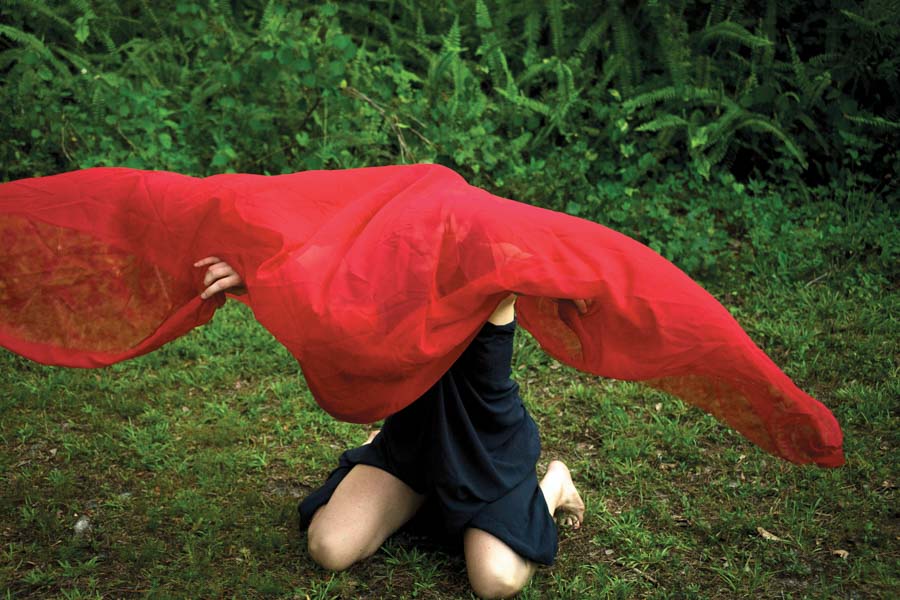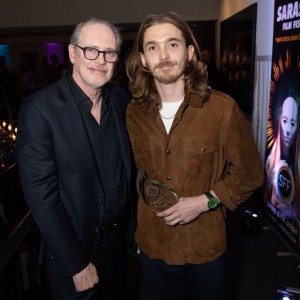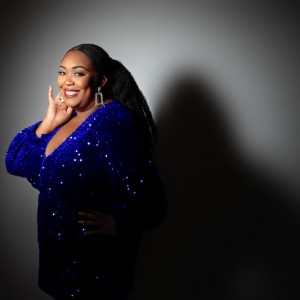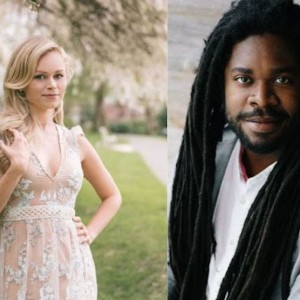Technically, it’s only been six months since Moving Ethos Dance Company became the inaugural recipients of the Ringling Museum Spotlight Florida performance residency—a new aspect of the institution’s revamped New Stages series. But Moving Ethos Artistic Director Leah Verier-Dunn estimates it’s probably been closer to a year since the company first began working on the performance that will make its world premiere in the Historic Asolo Theatre this month, when the residency concludes. And while it’s been only 11 years since the dance company performed its very first concert in that very same theater, Verier-Dunn may have been working on this piece her entire life. “It feels like we’re coming home,” she says. “It’s full circle.”
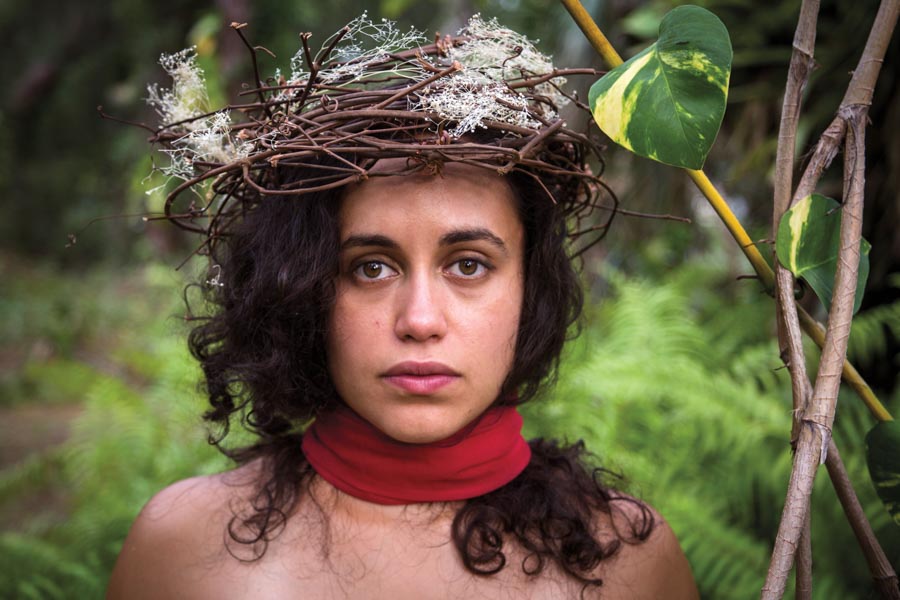
Entitled girlwoman, the four-dancer production began as so many of Moving Ethos’ do—with a nagging thought that Verier-Dunn’s brain cannot evict. In this case, it was the brain of a woman about to become a mother of two, while also running a dance company and still trying to keep it all together and make it look easy. “I live inside a circus I created,” she says, “and I was recognizing that I already understood the role that women played in society—the role that we’re expected to play versus the one that we actually play, the pressures that come from outside and the pressures that come from ourselves.” Looking at the women in her own life—her mother and her 96-year-old grandmother, both still in the area—she saw the same unrealistic expectations of perfection and poise in a timeless and exhausting trend. It’s Ginger Rogers to Fred Astaire, and that famous quote: “She did everything Fred Astaire did, but backwards and in heels.” That’s what girlwoman is about to Verier-Dunn. “It’s ultimately about the experience of being a woman,” she says, “and how that can be incredibly graceful and messy, simultaneously.”
But any seed needs space to grow, and Verier-Dunn is quick to bring her dancers into the choreographer’s circle from the get-go of any project. She asks them about their relationships with their mothers, about the difference between a girl and a woman and when/if they felt that change. She asks them when the world stopped being innocent and full of possibility. “The work that we do is very personal,” she says, “and it’s important that whoever is in the work is bringing a big piece of themselves to the process.” The group splits up to journal individually and reconvenes to discuss. Verier-Dunn always starts with such writing assignments, to challenge her dancers. The actual choreography comes later. “We’ve been movers for our entire lives,” she says. “Why start with the easy thing?”
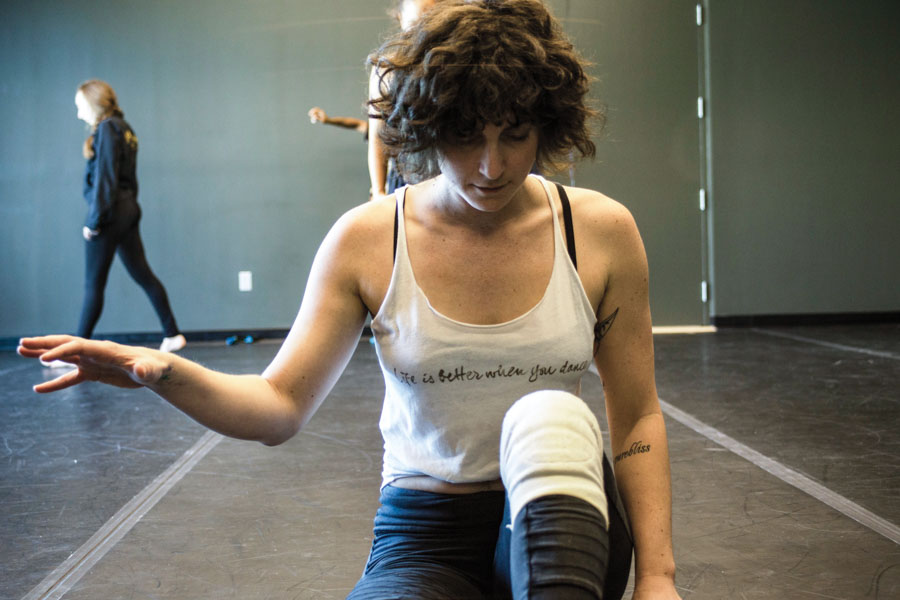
It’s building context for the performance, says Victoria Mora, a 27-year-old dancer with the company and one of the four taking part in girlwoman. Through this self-reflection and discussion with other dancers, she’s been exploring her own conception of what it means to be a woman (or a girl) in today’s world and bringing it to the studio for transformation into more personal choreography that can somehow hew closer to the truth than her prose. “Those things that I can’t say with words,” Mora says, “I can express with my body.” Sometimes it feels too personal, and sometimes it can even be scary to share, but that only confirms to Mora that it’s something she needs to say.
And those are the bits that Verier-Dunn wants, creating an open and collaborative space to collect them all, while she keeps an eye on the big picture, forming and shaping the performance to that ultimate goal. “I need pieces of them,” she says, “ to know how to light it on fire.”
